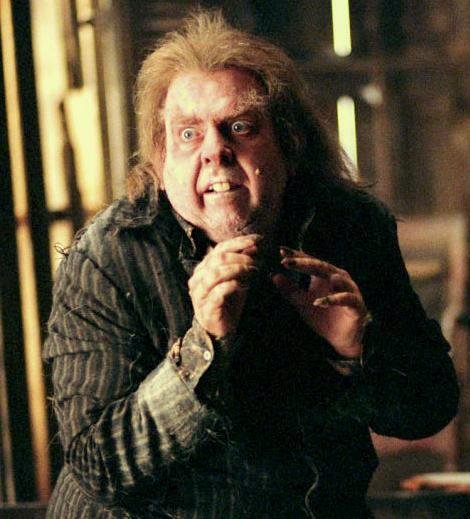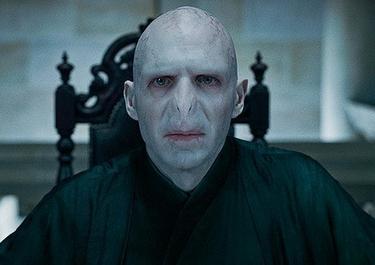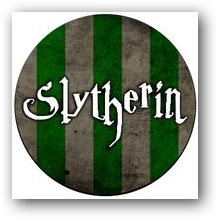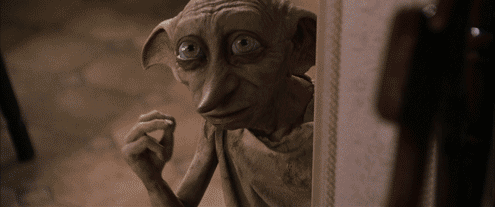The Misdirection of J.K. Rowling
J.K. Rowling is a master at "misdirection" in her writing, particularly when it comes to the Harry Potter universe. Her novels are among of the most beloved and intriguing works of all time due to her ability for deceiving readers with ambiguous information.
Rowling employs this technique to startle her audience, build suspense, and keep readers guessing. We shall look at some of the most significant examples now in the Harry Potter universe now...
Severus Snape Misdirection
The character of Severus Snape in the Harry Potter books is among the most well-known instances of deception. Snape is presented as a hateful and vengeful instructor who constantly picks on Harry and his pals throughout the entire novel. He is obviously allied with the evil Voldemort and constantly seems to be hatching schemes against Harry and the other soldiers in Dumbledore's army.
The last volume of the series, however, makes it clear that Snape was really working covertly for Dumbledore the whole time. He was using Harry's seeming enmity as a ploy to keep Harry out of Voldemort's sights. Snape had really always been a hero.
The readers, many of whom were certain that Snape was a villain, were greatly surprised by this turn of events. Because of Rowling's adept use of deception over the entire series, the reveal was much more satisfying.
Sirius Black Misdirection
Sirius Black is another figure who is initially seen as evil. He was thought to be the traitor who turned Harry's parents over to Voldemort. Black is also suspected of killing a number of innocent muggles.
The real traitor, Peter Pettigrew, framed Sirius Black for a crime he didn’t commit, leading to Black’s unjust imprisonment for many years.
Because readers were initially convinced of Sirius’s guilt, Rowling’s use of deception in this plot twist was remarkably effective. The emotional impact was profound when his true innocence was finally revealed.
Because readers were originally persuaded of Sirius' culpability, Rowling's use of deception in this situation was extremely successful. The emotional impact was profound by the time his genuine innocence was made clear.
Peter Pettigrew Misdirection
Peter Pettigrew, another character who excels at misdirection, comes to mind. When he is initially presented, James Potter, Sirius Black, and Remus Lupin bully him since he is an apparently weak person. He is also said to have killed a number of innocent muggles.
But it becomes clear as the narrative progresses that Peter Pettigrew, the real traitor, falsely accused Sirius of a crime and was responsible for him being imprisoned him for a protracted period of time.
Because it occurs throughout several volumes, Rowling's use of misdirection with Pettigrew is particularly brilliant. Readers have been taught to believe they are safe by the time his true character is revealed.
Albus Dumbledore Misdirection
One of the most adored figures in the Harry Potter series is Hogwarts' wise and strong headmaster, Albus Dumbledore. But Rowling utilizes misdirection to make Dumbledore a complicated and imperfect figure.
Dumbledore is presented as Harry Potter's wise and unfailing tutor throughout the whole series. However, it becomes apparent as the series goes on that he has made errors in the past and has kept information from Harry hidden.
In the last book, when Dumbledore's faults and errors are exposed in a succession of recollections, one of the greatest disclosures occurs. These recollections demonstrate that Dumbledore was not always the sage and kind man he gave the impression of being, and that his choices and deeds were not always driven by charity.
Rowling generates a feeling of shock and betrayal when Dumbledore's weaknesses are eventually exposed by first portraying him as an infallible tutor via deception. This gives Dumbledore's character an added degree of complexity and fascination, keeping readers interested in the story until the very end.
Finally, Rowling's use of misdirection with Dumbledore serves as an excellent illustration of how she employs this strategy to develop enduring and nuanced characters in the Harry Potter series.
One of the most adored characters in the book gains depth and complexity because to Rowling's early portrayal of him as a knowledgeable and infallible tutor, which instills a feeling of shock and betrayal when his shortcomings are discovered.
Voldemort Misdirection
Voldemort is presented as a vicious, power-hungry tyrant who is only motivated by a desire for control throughout the entire book.
It eventually becomes obvious that Voldemort is far more complex than first appears. For instance, Rowling conceals the truth that Voldemort is driven by a deep-seated fear of dying by using misdirection.
The last volume, however, makes it clear that his fascination with immortality was what motivated him. He made Horcruxes, items in which he protected parts of his soul, in an effort to become immortal, out of his fear of dying.
Because it is so subtle, Rowling's use of misdirection with Voldemort is particularly effective. She makes Voldemort a villain who is both fearsome and sympathetic by delaying the revelation of Voldemort's actual motivation until the very end.
Overall, J.K. Rowling's use of misdirection is a key element of the Harry Potter novels. By leaving out important details and using slightly misleading hints, she builds a feeling of mystery and excitement that keeps readers turning the pages. The personalities mentioned above serve as just a few illustrations of how Rowling employs misdirection to produce memorable moments in the Harry Potter universe.
Learn more about the Harry Potter Universe, and even more misdirection by going here...
Harry Potter Wiki...Social Media Links










